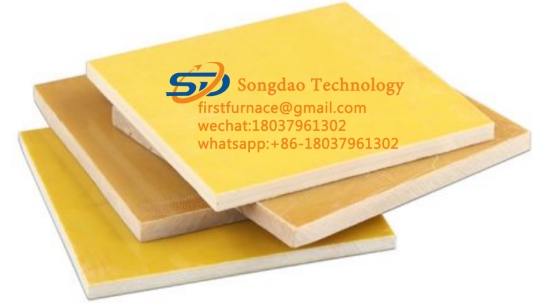- 12
- May
How to prevent epoxy board from breaking
How to prevent epoxy board from breaking
Epoxy board is a high-performance insulating material, which is also called epoxy glass fiber board, epoxy phenolic laminated glass cloth board and so on. The epoxy board is mainly made of: glass fiber cloth is bonded with epoxy resin and made by heating and pressure, so it has excellent performance and many advantages. And it can show its own characteristics in any temperature environment.
For example, under moderate temperature, it can show its mechanical function very well; under high temperature environment, it can show its electrical properties very well. Therefore, because of these characteristics, epoxy board is very suitable for high-insulation structural parts in electrical and electronic fields. Everything can be summed up in one sentence, that is, epoxy boards have high mechanical and dielectric properties, and have excellent heat and moisture resistance. The high temperature resistance grade of epoxy board insulation material is F grade, that is, it can withstand a high temperature of 155 degrees, and it can still maintain stable working performance under such high temperature.
Its thickness is generally between 0.5 and 100mm. The commonly used product specification is 1000mm*2000mm. The 1200×2400 epoxy board insulation material will deform at a high temperature of 180 degrees, so it is generally not used with other metals, otherwise it may cause thermal deformation of the metal sheet.
Epoxy resin often encounters the following conditions during use: EP casting, potting, molding and other parts will crack after curing or during storage, resulting in waste products. EP parts will also show cracks when they are subjected to low temperature or alternating heat and cold. The larger the part, the more inserts, and the easier it is to show cracks. It is generally believed that this is because the curing stress and temperature stress are greater than the strength of the material. Therefore, it is only necessary to increase the strength of EP to avoid cracks. But high-strength EP tends to have lower impact toughness. Stress-bearing structural parts (such as structural adhesives, advanced composite materials, etc.) made of high-strength EP often break suddenly during use, but the stress they receive is lower than the strength of EP. The fracture is brittle fracture trace. It is called low stress brittle fracture. The EP cured product is a polymer with a high degree of cross-linking and is more brittle.
Regarding the toughening of epoxy resin, because the rubber toughened epoxy resin system is mainly related to the matrix structure and the particle rubber structure during the fracture process, it is also related to the interface state of the two phases and the volume fraction of the particle phase. The toughening fluctuation is mainly determined by the toughness of the particles, the uniform network chain length of the matrix, and also related to the interfacial adhesion and the chemical structure of the network chain itself.

